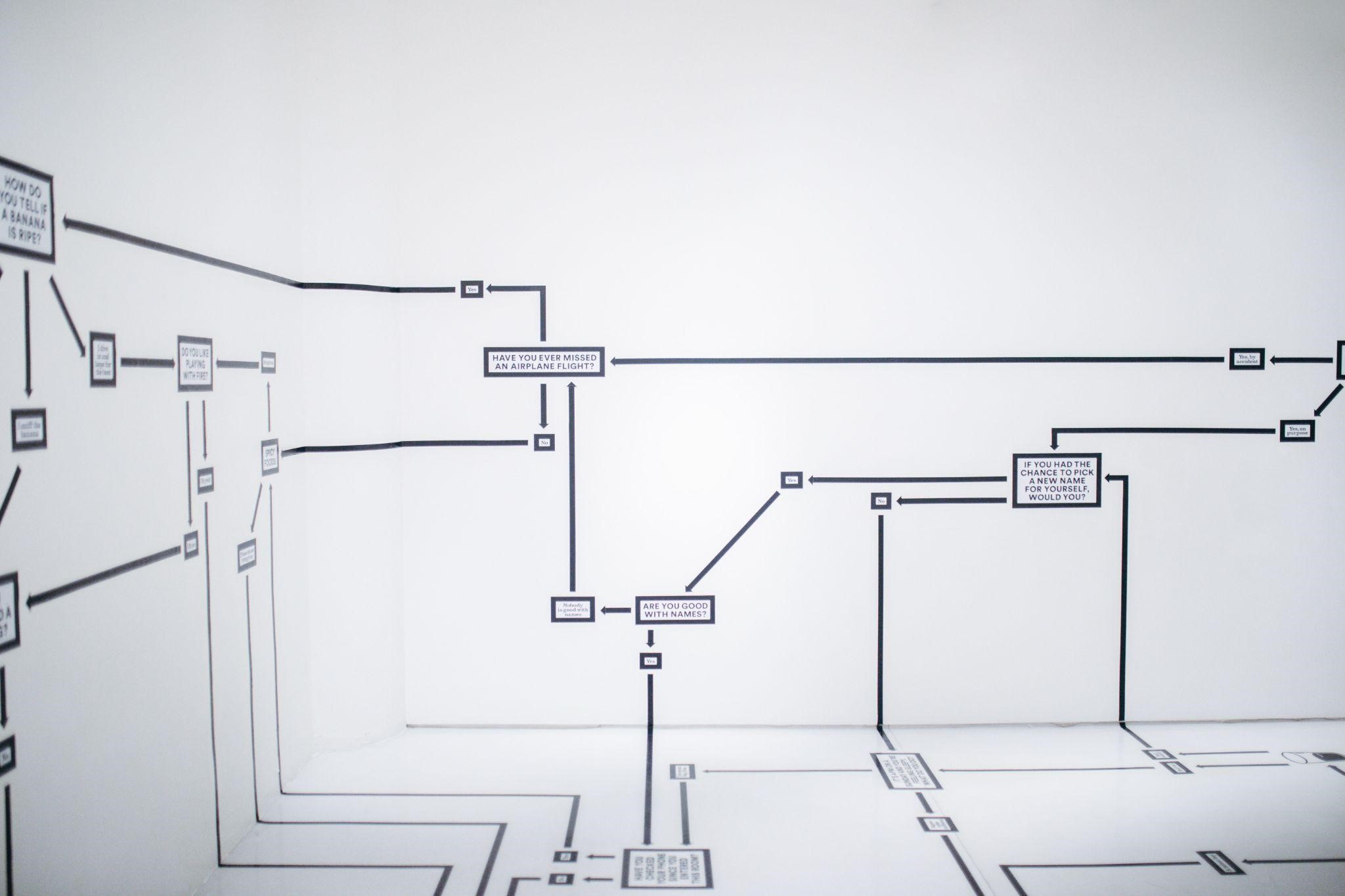Creating a process flow chart can be an extremely effective way to make sure that a task is done in a specific order and with minimal confusion. By creating a visual representation of the steps involved, it becomes much easier to identify potential roadblocks and troubleshoot issues. Additionally, everyone who may be involved in completing the task can easily see what their role is and how it fits into the overall plan. The following are some basic steps to creating an effective process flow chart.
Step One: Determine the Task
Before beginning any process flow chart, it is important to make sure everyone is on the same page as far as what needs to be done. What exactly is your product or service supposed to do? Who are the people involved in the task? How do you go about completing the task? All of these questions need to be answered before beginning the process flow chart.
Step Two: Outline the Task
After determining what needs to be done, it is time to list out all of the steps involved in doing that task. This can be an extremely detailed outline or a very simplified version, depending on your needs. For example, if you are drawing up a process flow chart to complete the task of checking out at a grocery store, your list may look something like this:
1) Take a shopping cart from the rack.
2) Make sure bags are in the cart.
3-6) Put groceries in bags.
7) Put bags in the cart.
8) Put the cart back in the rack.
On the other hand, if you are drawing up a process flow chart to complete the task of checking out at an office supply store, your list may look something like this:
1) Take a shopping cart from the rack.
2) Put groceries in the bag.
3) Put groceries in the cart.
4) Put the cart back in the rack.
As you can see, the second list is much more simplified. The grocery store tasks were broken down into five steps, while the office supply store tasks were only broken down into two. This step of creating your list will be the blueprint for your process flow chart, so it is important to make sure everything is clearly outlined before moving on.
Step Three: Draw the Process Flow Chart
When you are happy with your list, it is time to create your chart. This can be done in a number of different ways, depending on what type of editing platform you have available. For example, if you are using Venngage, you can use it to create your flowchart. If you want a more detailed or customized look, you can freely edit your layout in their editor.
So, what’s Venngage? It’s an online flow chart maker and free infographic maker that offers free flow chart templates for everyone. Here are some flow chart examples from their website!
Step Four: Review and Finalize
After creating your chart, take a step back and make sure everything is clearly outlined for everyone involved. Make any necessary changes until you are satisfied with the outcome, then you can finally begin using your process flow chart to complete the task at hand.
Creating a process flow chart can be an extremely helpful way to make sure tasks are done in the correct order with minimal confusion. By determining what needs to be done and then outlining it, it becomes much easier to know where roadblocks may lie and how to fix any issues that arise. When you are happy with your list, you can follow along with your process flow chart to complete the task at hand.
By following these four simple steps and getting a little help from Venngage, you can create an effective process flow chart and save yourself and everyone else a lot of time and frustration in the future. Start making your process flow chart by clicking here.

